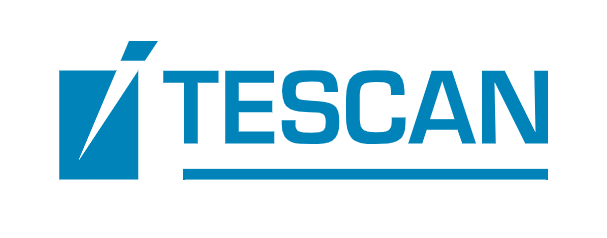Speaker
Description
Multiphysics reactive transport models are nowadays widely employed in subsurface porous media and are able to account for several fully coupled physical and biogeochemical processes. However, the increasing level of detail of such models comes at the price of an increased complexity which often leads to long runtimes. As a result, explorative and probabilistic analysis that require numerous model evaluations are hampered by the excessive simulation time required.
To overcome this limitation, we show that it is possible to develop machine learning surrogate models which are able to predict the evolution of complex subsurface remediation systems using as training data a limited number of process-based reactive transport simulations [1].
We focus on an application of electrokinetic enhanced bioremediation (EK-Bio), which aims at the removal of chlorinated solvents in low-permeability porous media. The modeling of this in situ remediation technology is challenging as requires the solution of coupled physical, electrostatic, chemical and biological processes. We developed a process-based, multicomponent reactive transport model of EK-Bio using the code NP-Phreeqc-EK [2], which can simulate the key mechanisms of electrokinetic flow and transport in multidimensional domains. The model accounts for electromigration and electroosmosis, Coulombic interactions, interphase mass-transfer, equilibrium and kinetically controlled reactions, including contaminant degradation and biomass dynamics [3].
The machine learning surrogate model was developed with a response surface approach using an approximation function based on an artificial neural network with a stack of multi-layer perceptrons. The surrogate model uses as inputs for the training the outputs of multiple runs of the process-based model, defined according to a design of experiments procedure. Subsequently, the surrogate model was trained with randomized cross-validation of hyperparameters. Comparing the surrogate model performances on a test set, the neural network demonstrated excellent prediction and generalization performances on all output variables. The developed surrogate allowed us to perform computationally efficient model exploration, global sensitivity analysis, and probabilistic uncertainty quantification.
References
[1] Sprocati, R., & Rolle, M. (2020). Integrating process-based reactive transport modeling and machine learning for electrokinetic remediation of contaminated groundwater. In preparation.
[2] Sprocati, R., Masi, M., Muniruzzaman, M., & Rolle, M. (2019). Modeling electrokinetic transport and biogeochemical reactions in porous media: A multidimensional Nernst–Planck–Poisson approach with PHREEQC coupling. Advances in Water Resources, 127, 134-147.
[3] Sprocati, R., Flyvbjerg, J., Tuxen, N., & Rolle, M. (2020). Process-based modeling of electrokinetic-enhanced bioremediation of chlorinated ethenes. Journal of Hazardous Materials, 397, 122787.
| Time Block Preference | Time Block B (14:00-17:00 CET) |
|---|---|
| Acceptance of Terms and Conditions | Click here to agree |
| Newsletter | I do not want to receive the InterPore newsletter |






